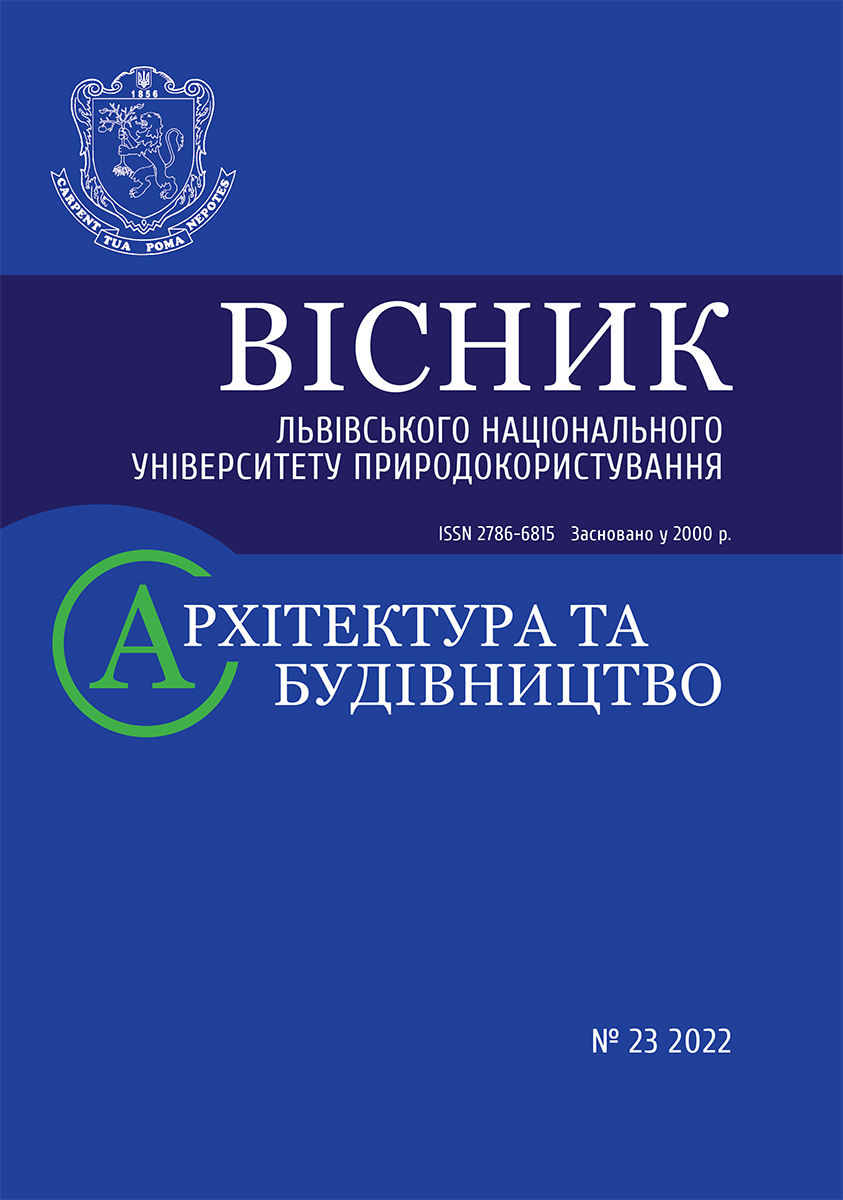RESEARCH OF THE POSSIBILITY OF EVACUATION FROM THE PRODUCTION WORKSHOP OF THE PAPER FACTORY
Keywords:
dangerous factors of fire, modeling, visibility, blocking evacuation exits, integral model, pulp and paper industryAbstract
It is shown that the initial stage of the fire is the most dangerous from the point of view of the death of people. Its duration depends on: quantity, type, structure, humidity, orientation in space of the fire load, the power of the ignition source, the volume of the room, the state of ventilation, this period lasts from 5 to 30 minutes. A mathematical model of the individual flow movement of people was used to calculate the evacuation time from the paper factory's production shops. A scenario of a fire in the building of a paper mill's production department was drawn up, in which the worst consequences for the people in it are expected, a mathematical model corresponding to this scenario was developed, and a simulation of the dynamics of fire development was carried out. The FDS software environment was used to calculate the time of blocking evacuation exits by dangerous fire factors. A model of changes in visibility, temperature, carbon monoxide concentration, carbon dioxide concentration, and oxygen concentration was created and the time of blocking the evacuation exits was determined. Calculated evacuation schemes of people from the +7,200, +4,200, +1,200 and +0,000 marks to the exits of the production building of the paper factory were built.
It is estimated that the maximum evacuation time from all production premises will be 190 seconds. It is calculated that the blocking of evacuation exits due to loss of visibility, increased temperature, increased concentration of CO, increased concentration of CO2, low concentration of O2 during a fire in a paper processing plant does not occur after 190 seconds. It was established that the most dangerous factor in a fire in a paper processing plant, where the specific fire load exceeds 500 MJ/m2, is the loss of visibility, which occurs after 331sec. This provides grounds for justifying the use of more effective smoke extraction systems in the paper processing plant. it has been proven that compliance with current fire safety rules during the design of escape routes and exits at the facilities of the paper and pulp industry makes it possible to ensure the timely evacuation of workers to safe places.
References
DSTU 8828:2019. Fire Security. Terms. [Effective from 2020-01-01]. View. officer. Kyiv, 2018. 163 p.
DSTU 2272:2006. Fire safety. Terms and definitions. Valid since 2007-07-01. Official edition. Kyiv, 2007. 28 p.
Program FDS (Fire Dynamics Simulator). URL: http://fds.sitis.ru/docs/FDS_5_User_Guide.pdf. (Accessed 23 August 2022).
Kovalyshyn V. V., Chernov S. M. Experimental study of dangerous factors at the initial stage of fire development. Information processing systems. 2005. Issue 7 (47). P. 77–84.
Abduragimov I. M., Govorov V. Yu., Makarov V. E. Physic-chemical basis of fire development and extinguishing. Moskow: VYPTSH, 1980. 256 p.
Draizdeil D. Introduction to the dynamics of fires: trans. with English / edited by Yu. A. Koshmarova, V. E. Makarov. Moskow: Stroyizdat, 1990. 424 p.
Molchadskiy I. S. Fire in the premises. VNIIPO Ministry of Emergencies of Russia, 2005. 455 p.
Khrapsky S. F. Prediction of fire hazard factors. Omsk: Publishing House of OmSTU, 2012. 80 p.
Hulida E.M. Prediction of the optical density of smoke during a fire in a room. Fire safety. 2011. № 18. Р. 65–70.
Hulida E. M. The effect of different types of fire load on smoke emission and on the reduction of oxygen concentration during a fire in a closed room. Fire safety. 2014. № 24. P. 65–73.
Application of the field method of mathematical modeling of fires in premises: method. Recommendations. Moskow: VNIIPO of the Ministry of Emergencies of Russia, 2003. 35 p.
Recommendations for using the FDS program using PyroSim 2010-2 and SmokeView programs. Yekaterinburg: SITYS, 2011. 88 p.
Koshmalov Yu.A. Forecasting hazardous factors of fire in the premises: Study guide: Academy of GPS of the Ministry of Internal Affairs of Russia, 2000. 118 p.
Predtechenskyi V. M., Milinskyi A. I. Projecting buildings with consideration of the restrictions of human flow. Moskow: Stroiizdat, 1984. 375 p.
Prymakov S. P., Barbash V. A. Paper and cardboard technology: еducation. manual. 2nd ed., revised. Kyiv: ECMO, 2008. 425 p.


